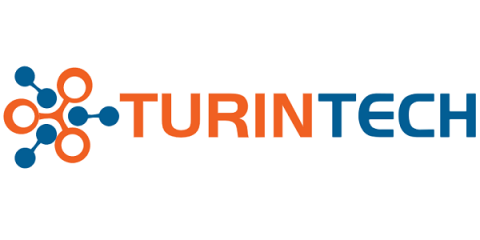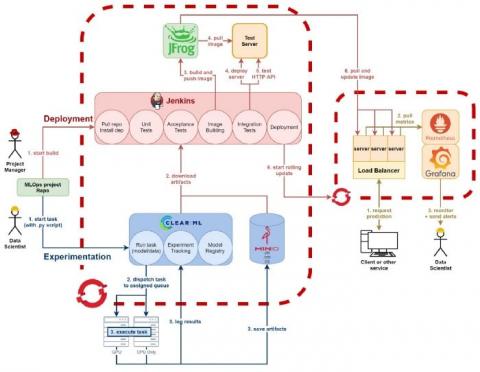The state of iPaaS in 2022: Powering SaaS, Data Intelligence, and AI
The iPaaS market is clearly growing now at a faster pace than ever anticipated. This is not only due to the pandemic forcing companies to accelerate the digital transformation, but also in general due to the rise of SaaS. The replacement of older, server-bound software solutions with more modular, user-friendly and flexible SaaS solutions means customers need to connect these disparate cloud systems somehow if they want their business to become truly data driven.









